Support OpenDurham.org
Preserve Durham's History with a Donation to Open Durham Today!
OpenDurham.org is dedicated to preserving and sharing the rich history of our community. Run by our parent nonprofit, Preservation Durham, the site requires routine maintenance and upgrades. We do not ask for support often (and you can check the box to "hide this message" in the future), but today, we're asking you to chip in with a donation toward annual maintenance of the site. Your support allows us to maintain this valuable resource, expand our archives, and keep the history of Durham accessible to everyone.
Every contribution, big or small, makes a difference and makes you a member of Preservation Durham. Help us keep Durham's history alive for future generations.

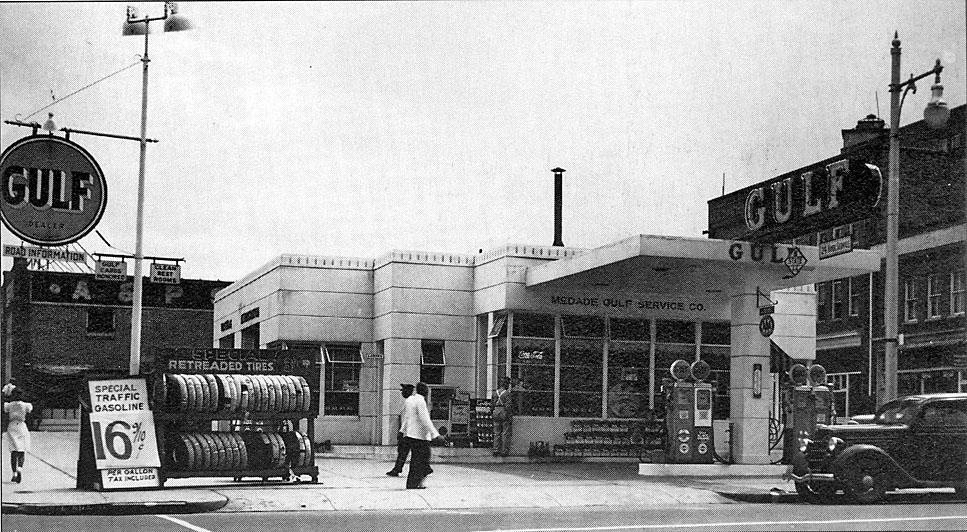
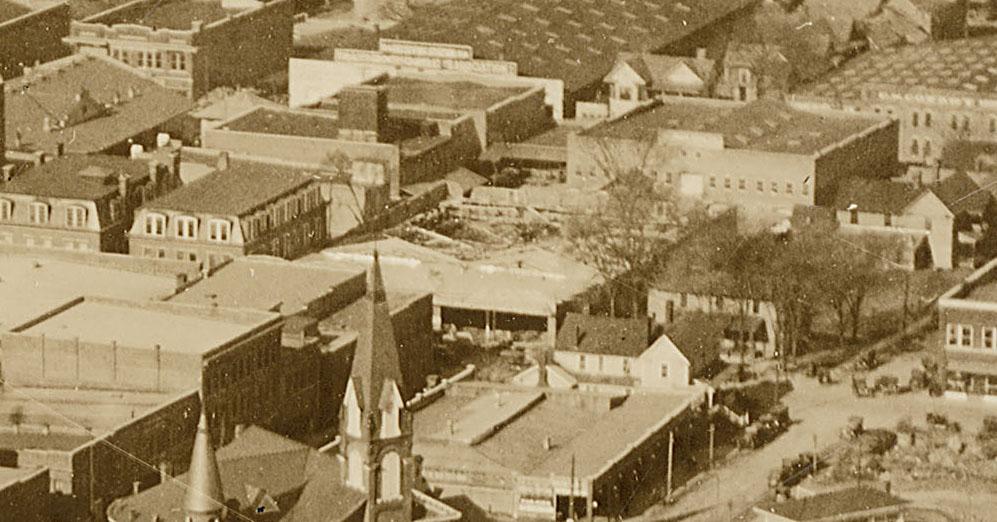
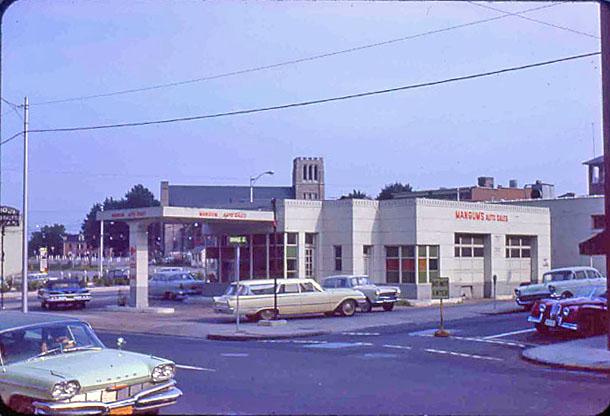
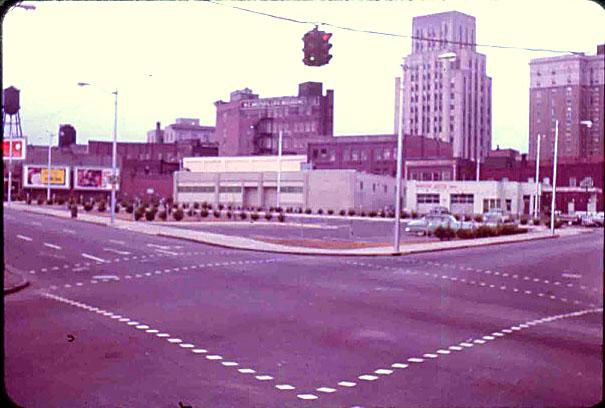
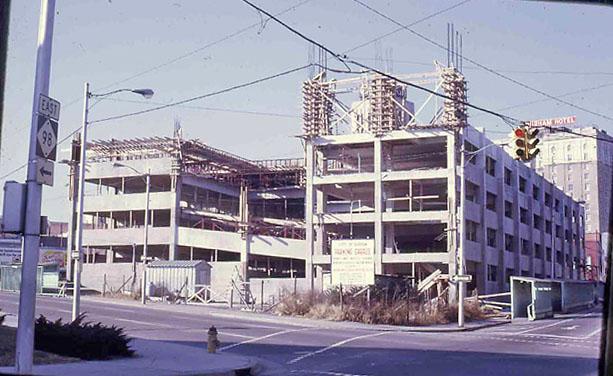
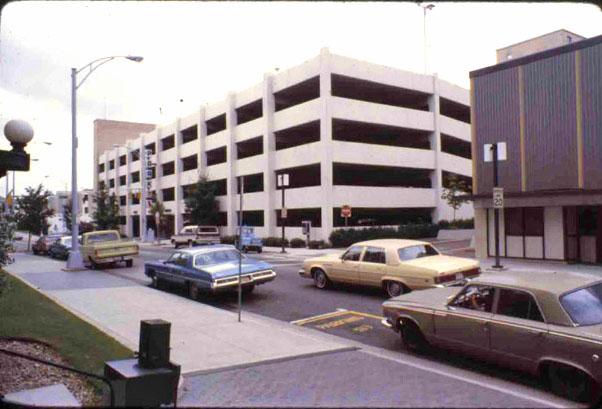
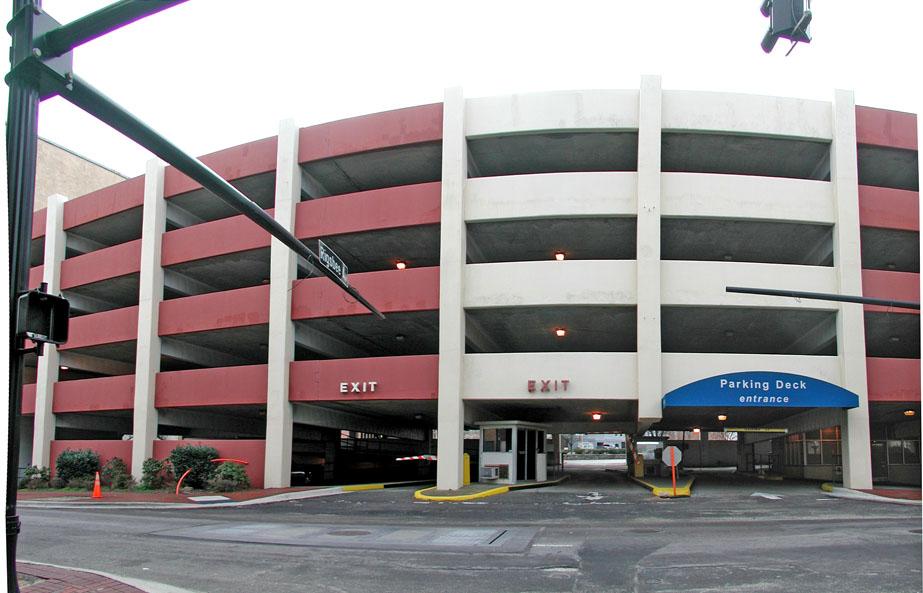
Comments
Submitted by Michael (not verified) on Thu, 3/15/2007 - 2:39am
While I feel your pain on the ugliness of that deck, parking decks are expensive enough and such a better alternative to surface parking that I'd hate to see us start tearing them down before there were good plans to replace them.
I guess it's the equivalent of my stance on nuclear power. Sure, it's noxious, but if we're going to get rid of a much worse blight, we can't throw it out just yet.
Submitted by Gary (not verified) on Thu, 3/15/2007 - 1:43pm
Michael
I don't disagree that this shouldn't be a top priority, but I think it should be part of a downtown plan. I'm all for making decisions in an interconnected way, such that a decision made on, say, Morgan St. doesn't obviate the ability to put liner buildings on Morgan, which could still be built with enough space to allow parking decks behind them, etc.
This deck makes me think a little bit of
the parking deck in Savannah that stood on Ellis Square, the site of their old city market. In that case, the city of Savannah had given the private parking company a 50 year lease on the space (something like 1953-2003.) It was obnoxious to have this deck (which resembled our CHSt. deck a lot) dominating the center of the surrounding land uses. When the lease expired, the city finally demolished the deck. (Of course, the are combining that with some huge underground parking project.)
And I'm really not sure how I feel about a nuclear power plant downtown... I guess it would be an improvement over the City Hall building. :)
GK
Submitted by Anonymous (not verified) on Fri, 3/16/2007 - 12:09am
I'm all for tearing it down anyway. Is it really much of a problem if people have to park farther away and walk to their destinations? Parking is going to become a thing of the past in the coming decades anyway, so let's put centrally-located land to good use.
Add new comment
Log in or register to post comments.